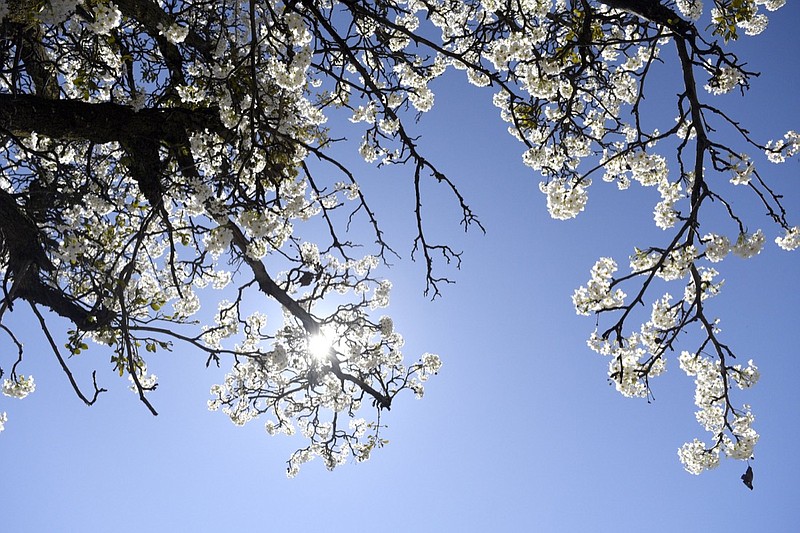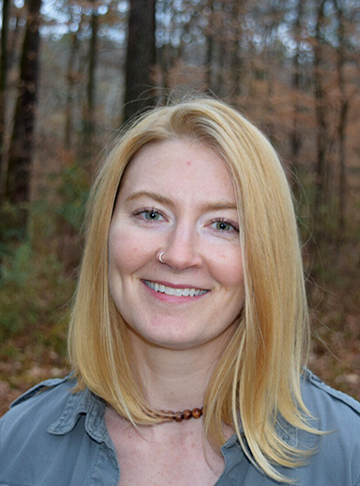The white-blossomed Bradford pear trees are in bloom. And they're everywhere - edging interstates, parking lots and neighborhood streets - their presence as pervasive as the related headlines that fill my Facebook feed.
"Tree experts send warning about Bradford pear trees." "Bradford pear trees: Foliage or foe?" "How did the once-beloved flowering pear trees become so deeply hated?" And that's just a few.
The issue is that these trees are an invasive species - and, some say, dangerous. Originally from China, the Bradford pear was introduced as an ornamental tree in the mid-1960s. Landscapers prized it, in part, for its ability to grow up to 30 feet in just a couple of decades. But the consequence of that quick growth is a weak structure.
The tree is notorious for toppling over in storms.
So what's the solution? Do we chop down all the Bradford pears? Or, do we accept the fact that some non-native plants are probably here to stay, and learn to adapt?
One thing is certain: Plants, both native and non, shape more than our landscape. They also profoundly impact our history and culture.
In this month's digital issue, we bring you the research of two University of Tennessee professors in "10 plants that shaped Tennessee." For more than a year, the two have worked to compile a list of the most influential plants in state history, which range from the nearly extinct American chestnut to kudzu.
Bradford pears, however, did not make that list - for now, at least. Check back in 20 years. Who knows what our city landscape might look like then.
Sunny Montgomery
Get Out Digital Editor
Want the latest in Chattanooga outdoors news? Subscribe to our digital newsletter here.

